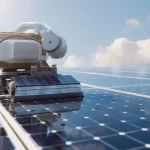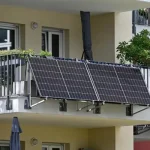Table of Contents
Many Americans are now moving into tiny houses to reduce energy consumption and materials, save on cost of living and practice sustainable living. When it comes to realistically living the dream in a tiny house, we can drastically reduce our utility bills by using solar panels to generate free electricity.
Tiny homes are often located far away from cities by using off-grid systems, which makes solar panels the perfect source of energy. However, choosing the right power solution is crucial. Typically, a solar-powered tiny house uses just 7% of the energy consumed by the average conventional home. A small home equipped with all the necessary appliances will consume about 3-4 kW of electricity per day. Sungold solar panels are excellent tiny house companions, providing sustainable energy for our solar tiny houses and meeting the power needs of small homes.
Next, let’s start with this article to understand what it takes to build a solar system for tiny houses as well as explore how much solar power you need for your home.
What is a solar powered tiny house?
A solar powered tiny house is a small home that is not connected to the grid and is powered by a solar energy system. Solar panels convert solar energy into electricity, and then an inverter is used to convert the electricity into a stable voltage that can be used by appliances, and we can also use storage batteries to store the electricity generated by the solar energy for use on cloudy days or at night.
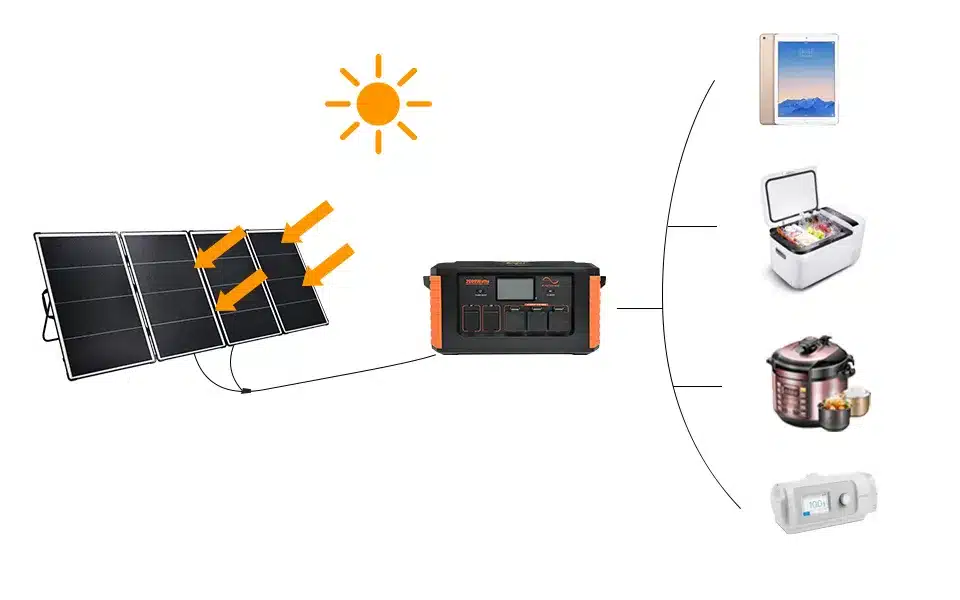
Benefits of using solar power for tiny houses
The main motivation for living in a tiny house is to reduce the cost of living and minimize the impact on the environment. However, it is exactly these reasons that make the vast majority of homeowners opt for solar energy. Here are the main benefits:

Cost savings on utility bills
With rising electricity prices, one of the biggest benefits of going solar is saving money on energy bills. Running a tiny house with solar energy can help you save on high electric bills, and you can increase your savings by living in a sunny area and utilizing net metering.
Eco-Friendly Lifestyle
Since smaller homes require fewer resources and less space, they can help you reduce your carbon footprint. By generating renewable energy to help reduce particulate pollution and waste, choosing solar energy plays a key role in saving the planet.
Enjoy more freedom
With many tiny houses being portable, you’ll be able to take your home anywhere you travel, similar to RV travel, and utilize solar energy wherever you go.
Increase the value of your home
If you are planning to sell your tiny house, installing solar panels on your home is a wise decision. Renewable green energy systems can increase the value of your tiny home because prospective buyers are willing to pay more for a home that uses free, clean and renewable energy.
Independence & no worries about power outages
You never know when a power outage or natural disaster will occur, being connected to the grid makes you dependent on the utility company and a storm or power outage can quickly drain your power. Not being dependent on the utility company so you can eliminate the stress of a power outage or blackout.
Taking Advantage of Rebates and Government Incentives
Local governments subsidize the cost of solar power through rebates. In the US, you receive a 26% tax credit for using solar energy.
Types of Solar powered Tiny Houses
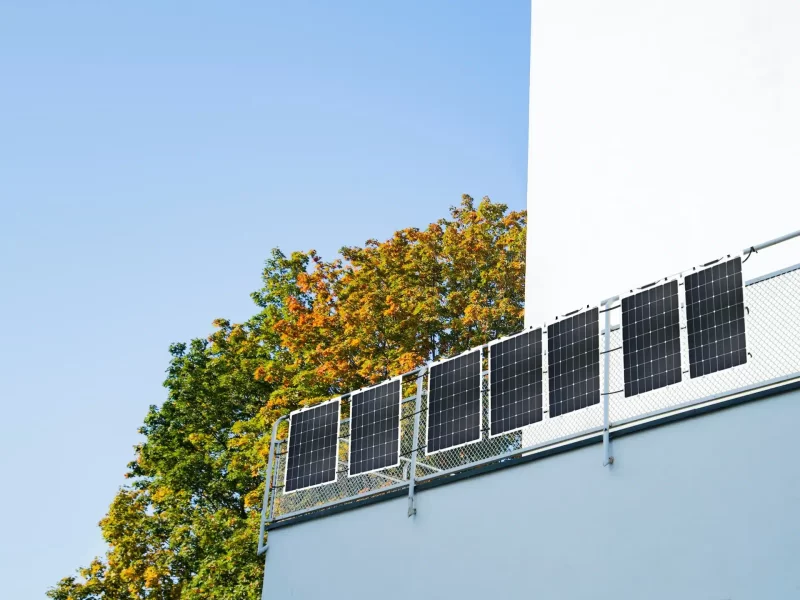
Off-Grid Solar Powered Tiny House
Off-grid tiny house systems mean complete independence from the grid. Many people prefer off-grid living because it reduces dependence on the grid and cuts down on oh-soaring electricity bills. Off-grid solar power systems consist of solar panels that convert solar energy into electricity and batteries that store additional energy.
Grid-Tied Solar Powered Tiny House
You will have to invest in an additional battery system to keep your home powered during outages and power restrictions.
How Much Solar Power Do You Need For a Tiny House?
- Examine your current utility bills
- Add up the energy consumption of everything you plan to use in your tiny home
Item |
Watts |
Usage Time (in hours) |
Energy in Watt-hours |
|---|---|---|---|
|
Space heater |
1000 |
8 |
8,000 |
|
Refrigerator |
200 |
24 |
4800 |
|
AC unit |
1000 |
7 |
7000 |
|
Internet router |
6 |
24 |
144 |
|
Laptop charging |
40 |
4 |
160 |
|
Laptop running |
15 |
8 |
120 |
|
5 Led lights |
5 |
5 |
125 |
|
Incandescent lighting |
60 |
5 |
300 |
|
Cellphone |
5 |
5 |
25 |
|
Radio |
1 |
7 |
7 |
|
Well pump |
750 |
1 |
750 |
|
Solar booster pump – for water pressure |
100 |
2 |
200 |
When we have determined the amount of electricity required, we can determine the number of solar panels and battery storage needed for the home.
A tiny house uses about 3-4kW of electricity per day. therefore, you will need a solar generator to provide about 3-4kW or more of power to your appliances. The best way to determine the total wattage of your tiny house is to calculate the power requirements of each appliance and then add them up.
How Many Solar Panels Do You Need for Your Tiny House?
- Power consumption: the more appliances and devices you use, the more panels you need
- Occupancy: the more people in your home, the more energy you consume
- Roof space: Smaller homes often have limited ability to install solar panels, and the surface area of the roof usually determines how many panels you can install.
- Panel Efficiency: High-efficiency solar panels produce more electricity with less surface area than poor-quality solar panels, and high-efficiency panels are ideal for small houses with limited roof space.
- Position: Depending on your location, you will need to tilt your solar panels so that the sun shines directly on them during the day.
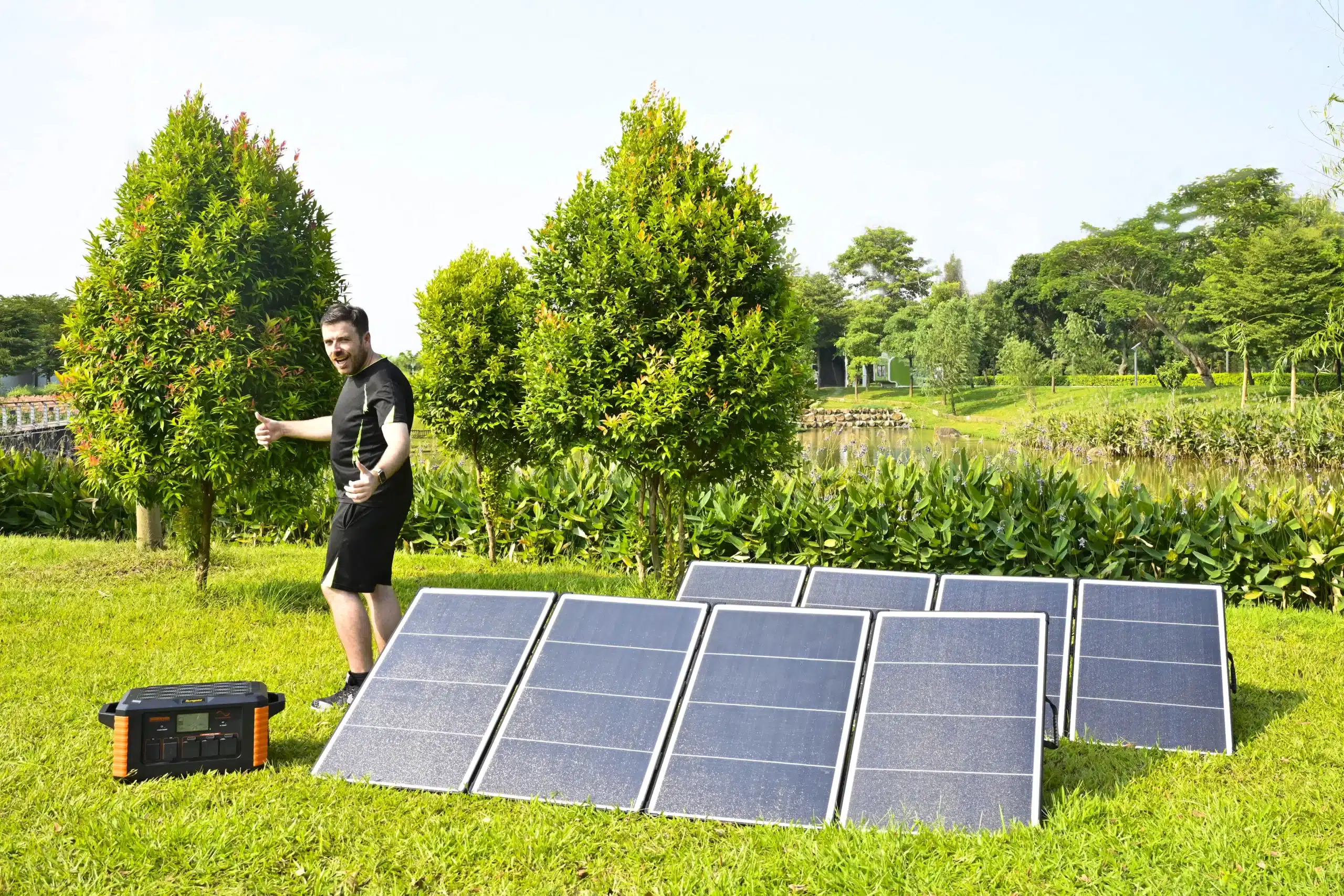
How Much Does It Cost To Run A Tiny House?
The cost of running a solar cabin depends on the solar energy system you use. For example, if you’re using a solar panel system, you’ll have to pay for an inverter, charge controller, solar panels, photovoltaic wiring, and other key components. Here’s a rough breakdown of the cost of a solar tiny house system:
Component of the solar panel system |
Costs |
|---|---|
|
Space heater |
$4500 |
|
Charge controller |
$1200 |
|
Control panel |
$300 |
|
Batteries |
$4000 |
|
Solar panels |
$4000 |
|
Breakers and boxes |
$800 |
|
Battery cabling |
$300 |
|
PV wire, house tether, and romex |
$500 |
|
Electrician (labor) |
$2000 |
How to Build a Solar System for a Tiny House?
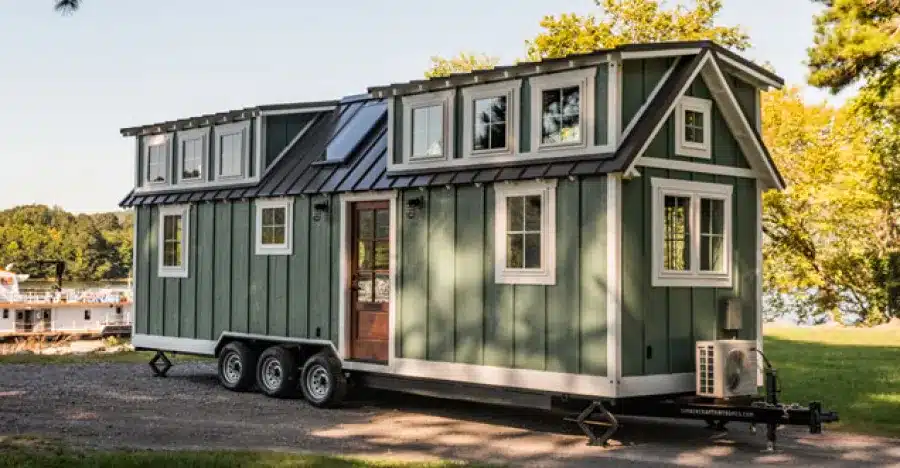
Step 1: Selecting the right solar system
Once you have determined how much energy you need for your small home, you can look for a solar power system. We recommend Sungold, with a complete range of rooftop solar system solutions and balcony system solutions, specialized in off-grid buildings, for everything we need to power our small homes.
Step 2: Know Where Your Solar Panels Go
Additionally, solar panels mounted on the ground are easier to secure, clean and monitor, roofs get hot and panels operate less efficiently when they overheat, ground mounting is often a more viable solution.
Step 3: Selecting your racking system
Placing your solar panels in a location that faces the sun allows you to maximize the amount of energy captured. You can choose to mount the panels on the roof or on the ground. Racks that penetrate the roof are drilled into the roof with screw holes in the surface so the panels can be easily secured to them.
Step 4: Connecting the Solar System
Final Thoughts
Tiny houses equipped with solar systems are the choice of most people, and using solar energy can help us save money on our electricity bills, contribute to a greener planet, and preserve our off-grid lives.


